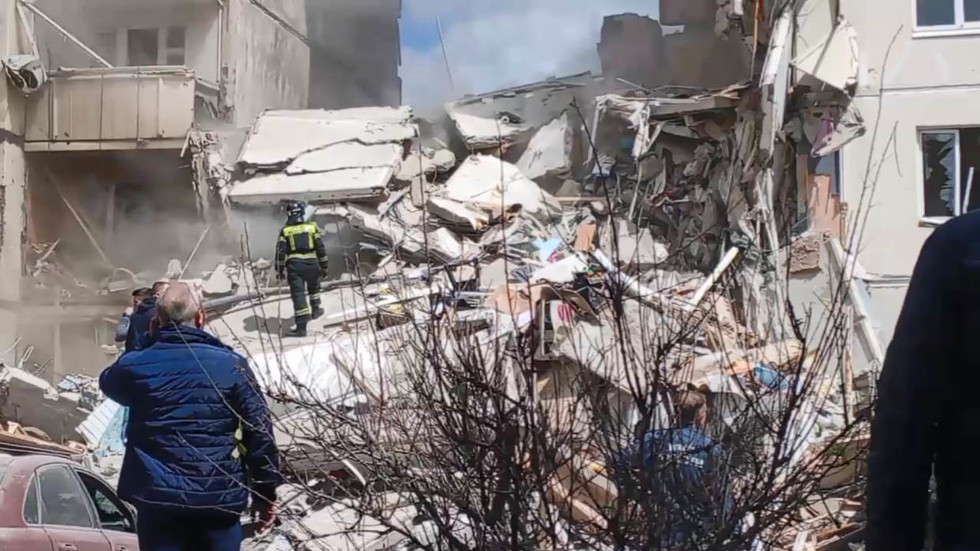Prepping basics: Tips for building a pocket survival kit

(Natural News) Do you know how to build a pocket survival kit? As a prepper, you need a PSK so you have access to basic survival items and tools on the fly. (h/t to Survivopedia.com)
As the name implies, a pocket survival kit (PSK) is a small container packed with essential survival items. Your PSK should be small enough to carry comfortably on your person, ensuring that it’s on hand when disaster strikes, especially when you’re outdoors.
Like a bug-out bag (BOB), preparing a PSK means you must choose from many options that will depend on your budget, skills, the location where you may use the kit, and any threats that you may encounter there.
Do you buy a PSK or make your own kit?
Regardless of the size, buying a pre-built survival kit has some downsides. For one, it may save you less time because you have to disassemble it to familiarize yourself with the contents. You also need to customize store-bought kits to cater to your specific needs.
Documentation
You may forget about the contents of your PSK, especially during very stressful scenarios. The documentation of your PSK includes information that may be hard to remember, but can save lives – like a contents list.
Documentation should include:
- Basic survival instructions
- Chemical water treatment formulas
- A guide on how to tie knots
- Medicine dosages and use for various conditions
- Mini communications plan and contact list
- Pointee Talkee wallet card – Pointee Talkees are visual communications aids made by Hard Case Survival. The card will help you communicate by pointing at pictures covering sections such as food, shelter, water, and first aid. A Pointee Talkee card is a must if you’re traveling to a foreign country and you’re not fluent in the language.
- PSK contents list
- Small area map
Size and weight restrictions
A PSK must fit in your pockets, which means you need to carefully consider which items deserve space in a tiny container. If you lose your equipment, you’ll only have access to the items in your PSK.
Sponsored solution from the Health Ranger Store: The Big Berkey water filter removes almost 100% of all contaminants using only the power of gravity (no electricity needed, works completely off-grid). Widely consider the ultimate "survival" water filter, the Big Berkey is made of stainless steel and has been laboratory verified for high-efficiency removal of heavy metals by CWC Labs, with tests personally conducted by Mike Adams. Explore more here.
While you can bring several PSKs for various survival needs like fire and water, the size and number of cases or pouches you can carry on your person will be determined by what you’re wearing, your activity, environment, weather, and survival skills.
Containers
Keep the items in your PSK in a small case, pouch, or tin box. Find a container with the right size that fits in a pocket.
It is easier to pack and carry thinner, flat objects. If your gear doesn’t fit in one PSK, split them into two or more modules.
Pouches are soft and easy to carry, but Zip-lock style closures may fail, especially during cold weather or if you accidentally get submerged in water.
Tins are practical, but some tin boxes need to be taped to keep out salt air, humidity, and water. Keep tins closed using a ranger band, a hook and loop wrap (wraps used for horticulture are thinnest), tape, or cordage.
Preventing moisture
You must keep the contents of your PSK dry at all times. Salt air and humidity can ruin small ferrous objects in your PSK. Protect your gear by using a water-resistant container.
Include a piece of medical cotton in your PSK to soak droplets of water that may get into your kit.
Coat ferrous objects in your kit with a light coating of rust preventative. Use non-toxic rust preventative if the container and its contents will be used to prepare or store food.
Medicines in pill or capsule form also need to be kept dry. Keep these items in water-resistant vials.
Use multi-purpose gear
Prepping multi-purpose gear lets you make the most of the limited storage space in your PSK.
Balance survival needs
Follow the modified survival rule of threes detailed below if you need help remembering your priorities when SHTF.
The average person can survive:
- Three seconds without thinking – Not paying attention to your surroundings can turn a dangerous place to a lethal one. Security, situational awareness, and having an escape plan are crucial for survival.
- Three minutes without air – A compromised airway can be fatal, highlighting the importance of first aid and medical gear.
- Three hours without shelter – You can die after only several hours of exposure to extreme temperatures. This emphasizes the need for cordage and shelter materials, which you can use to build a fire and a shelter to protect yourself from the elements.
- Three days without water – Dehydration can kill within days, so include items in your PSK for finding and storing water. You also need a way to inactivate pathogens by boiling, chemical treatment, or filtration.
- Three weeks without food – Humans can live longer than three weeks without food, but proper nutrition provides you with the energy needed to accomplish survival tasks. Make sure your PSK contains items for finding, cooking, and preserving food.
- Three months without hope – Once you give up when SHTF, your chances of survival will significantly decrease. Your PSK must include items that you can use to signal for help, take notes, and navigation equipment (e.g., a button compass and map), and documentation.
Keep these principles in mind as you build a portable survival kit for your particular survival needs.
Sources include:



